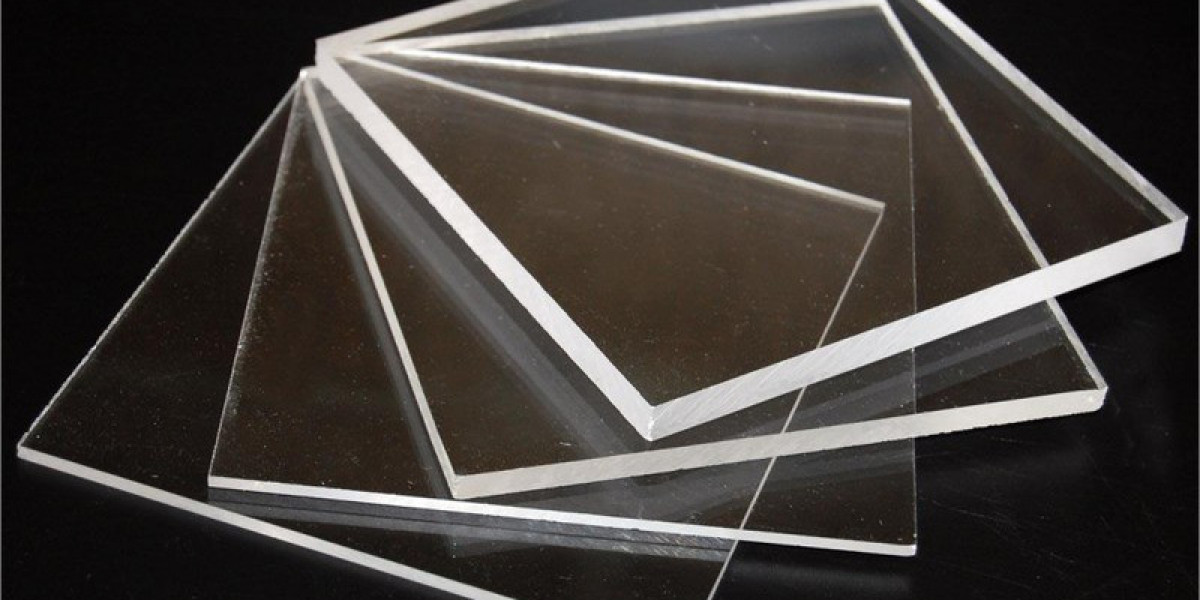In today’s quest for energy efficiency and healthier living environments, Skylight ventilation is gaining well-deserved attention. While most people think of skylights as just a stylish way to let in natural light, the reality is that modern skylights do much more—especially when it comes to improving indoor air quality through natural airflow. So, what exactly is skylight ventilation, and why should homeowners and designers consider it?
Understanding Skylight Ventilation
Skylight ventilation refers to the use of operable skylights—windows set into the roof that can be opened or tilted—to promote air circulation within a building. These skylights are strategically positioned to create a natural flow of air, allowing warm, stale air to rise and escape while drawing in cooler, fresher air from below. This process, known as the stack effect, can significantly enhance indoor comfort without relying solely on mechanical systems.
How Does It Work?
The principle behind natural home solutions is simple but powerful:
Hot Air Rises: As indoor air warms up, it becomes lighter and rises.
Ventilation Pathway: Opening a skylight creates an escape route for this hot air.
Air Replacement: As warm air exits through the skylight, cooler outdoor air enters through lower windows or vents, naturally refreshing the indoor environment.
This passive ventilation strategy is especially effective in multi-level homes, lofts, and buildings with high ceilings.
Benefits of Skylight Ventilation
Improved Indoor Air Quality
By regularly cycling in fresh air, skylight ventilation helps remove pollutants, odors, and excess humidity. This is particularly beneficial in bathrooms, kitchens, and attic spaces.Energy Efficiency
By reducing the need for air conditioning, especially during milder seasons, skylight ventilation can lower energy consumption and utility bills.Enhanced Comfort
Natural airflow maintains a more balanced indoor temperature and eliminates stuffiness, making your home feel cooler and more pleasant.Sustainability
Utilizing natural forces instead of mechanical fans or HVAC systems contributes to a greener home design and a smaller carbon footprint.Aesthetic and Functional Appeal
Skylights not only ventilate but also flood interiors with natural daylight, creating a brighter, more uplifting atmosphere.
Smart Skylight Ventilation: The Modern Upgrade
With advancements in home automation, many skylights now come with remote controls, rain sensors, and programmable timers. Smart skylight ventilation systems can automatically open when indoor temperatures rise or close when it begins to rain, ensuring optimal airflow without constant user intervention.
Ideal Applications
Residential Homes: Especially in kitchens, bathrooms, stairwells, and attics.
Commercial Spaces: Offices and schools benefit from improved air quality and lower cooling loads.
Green Buildings: Skylight ventilation is a natural fit for eco-conscious architecture.
Final Thoughts
Incorporating skylight ventilation into your building design isn’t just about letting the sunshine in—it’s a strategic, sustainable way to enhance air circulation, boost comfort, and reduce energy costs. As we move toward smarter, more efficient living spaces, skylight ventilation stands out as a practical and elegant solution for better indoor environments.










